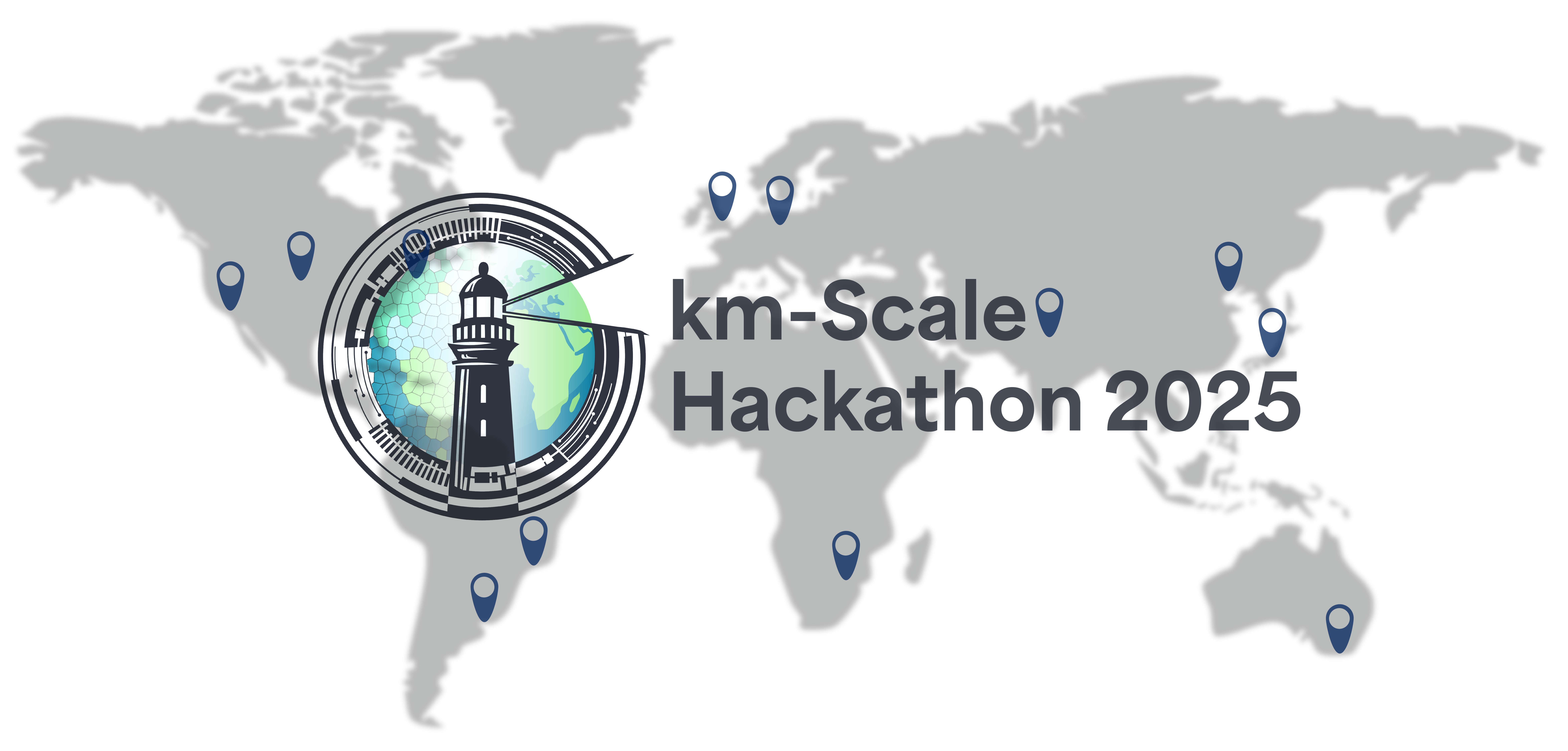The UK Node of the Digital Earths Global Hackathon is part of the World Climate Research Programme (WCRP) Global km-Scale Hackathon, an initiative designed to advance the analysis and development of high-resolution Earth-system models.
The UK event, taking place from May 12 to 16, 2025, will gather participants to collaborate on hacking, data analysis, visualization, and learning in a dynamic, hands-on environment. This hackathon is part of the larger WCRP effort to push the boundaries of climate system modeling and digital innovation globally.
The event is partly sponsored by the National Centre for Atmospheric Science (NCAS) and lead organiser for the UK node of the hackathon is Pier Luigi Vidale from NCAS Reading.
For more details about the global hackathon and its objectives, please visit the official WCRP event page.

